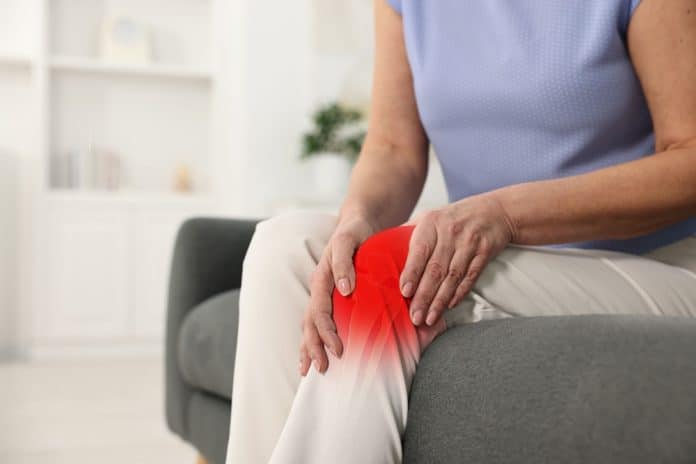If you suffer from arthritis, you may feel like you are beholden to your medications. Arthritis medications can be beneficial, but if they come with unwanted side effects, you may want to explore other options. Interventional pain management may be a solution to help reduce the symptoms of arthritis. These innovative solutions may be able to help you reduce your dependence on over-the-counter medications.
Dr. Brandon Claflin shares his approach to helping patients with arthritis live a more pain-free lifestyle.
What Causes Arthritis Pain?
The two most common causes of arthritis are wear and tear on the joints and autoimmune response. Osteoarthritis is caused by the gradual breakdown of cartilage and tissue that supports the joints. Most commonly, this type of arthritis does not appear until later in life, usually after age 40. This type of arthritis may be preventable.
Rheumatoid arthritis is caused by the body’s immune system incorrectly attacking the tissues that support the joints. This type of arthritis can affect people of any age but is most common in older adults.
It’s estimated that more than 53 million Americans have some type of arthritis. Living with arthritis pain can make it difficult to engage in the activities a person loves. Arthritis can make it hard to accomplish even basic self-care tasks.
How Interventional Pain Management Helps
Interventional pain management can offer solutions for both (and other) types of arthritis. Interventional pain management plans are fully customizable and can be reevaluated for efficacy. A person’s pain management plan changes with them to help accommodate their lifestyle, goals, and changes in their condition.
1. Corticosteroid Injections
Steroid injections can help reduce inflammation and swelling at the site where a person is experiencing arthritis pain. These injections may provide three months of relief (or longer) for a person experiencing arthritis pain. Injections must be placed directly into the affected joint.
2. Radiofrequency Ablation (RFA)
If your arthritic pain has not responded to other methods of pain management, RFA treatment may be an option. This pain management therapy uses a needle to interrupt how specific pain is communicated to the brain.
The radio waves heat the nerves to dull them so they can’t communicate pain signals to the brain. This method is effective for stubborn areas of arthritic pain that have not responded to other treatments.
3. Spinal Cord Stimulator Study
When non-surgical therapies for arthritis pain have failed, one option may be a spinal cord stimulator trial. During this procedure, a spinal cord stimulator is attached to the spine. Low doses of electricity are sent to the spinal cord to help mitigate pain.
After the spinal cord stimulator is in place, your physician may determine if you’ve had clinically relevant benefits from the treatment and should continue with it. This can help reduce a person’s reliance on medication.
4. PRP Injections
PRP (platelet-rich plasma) injections use a patient’s blood plasma to treat the affected joints that are inflamed. These treatments can be used in conjunction with steroid injections and may offer longer periods of pain-free movement. Like steroids, these injections should be given directly into the joint that is affected.
5. Physical Therapy
Keeping active with arthritis may seem impossible, but setting goals for movement can help with retaining the ability to move and remain mobile. Through physical therapy and rehabilitation, people can build on their current mobility level and learn to work through some of the arthritis pain. This can be a challenge, but the result is often a healthier body and mind.
6. Reduction of Medication
If you find yourself constantly reaching for NSAIDs, the use of interventional pain management may be able to reduce your dependency on those medications. While these medications are helpful (and in many cases necessary), some people experience unwanted NSAID side effects. There may be a more holistic option available.
Pain-Free Living
Living with arthritis is difficult, but with the right pain management team, you can live a more independent and pain-free life. Interventional pain management offers holistic therapies and solutions that your general practitioner may not have offered.
It’s worth it to consider meeting with a pain management specialist to discuss your pain level, the therapies you’ve tried, and your long-term pain management goals. Having a team of experienced providers behind you can set you up for success.
Sources:
Arthritis | Chronic Disease Indicators | CDC
Setting Goals for Better Arthritis Management | Arthritis Foundation
Spinal Cord Stimulation | NCBI Bookshelf
NSAIDs (Nonsteroidal Anti-Inflammatory Drugs): Uses | Cleveland Clinic

























